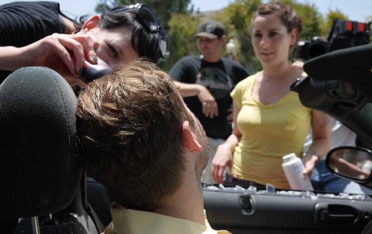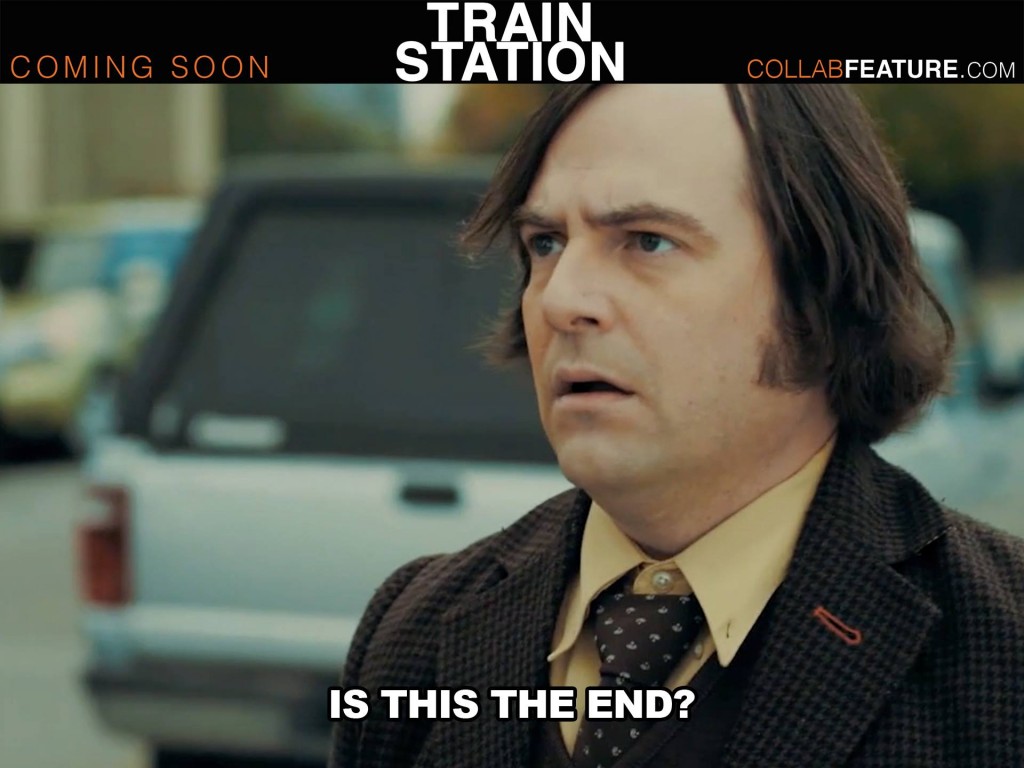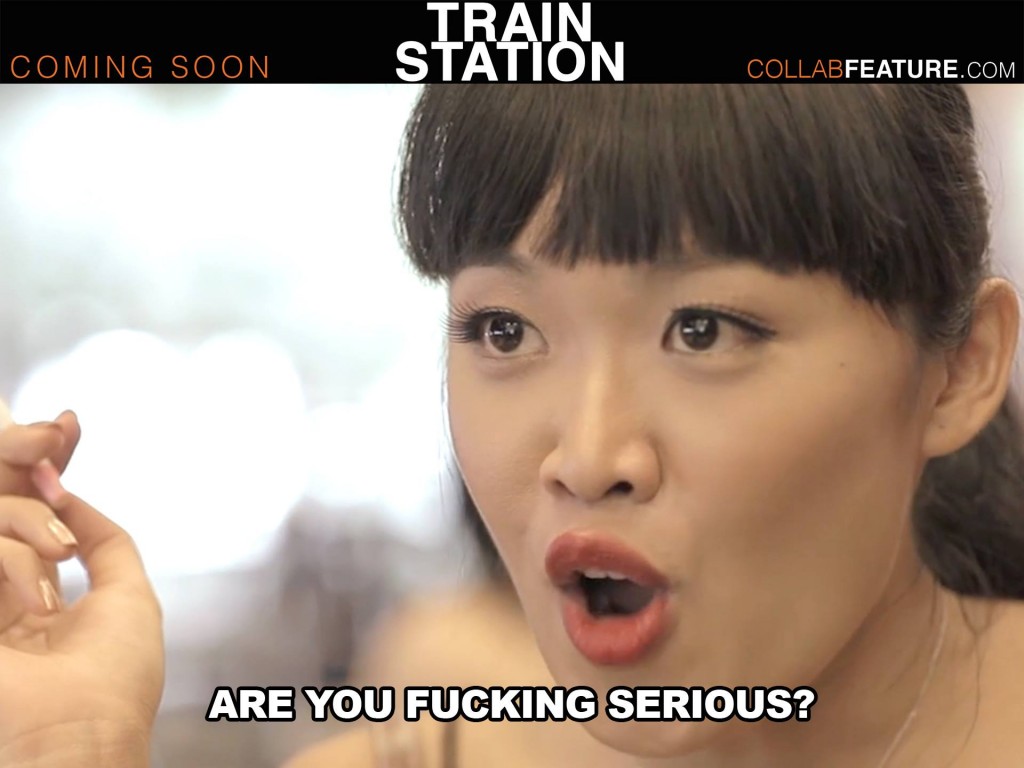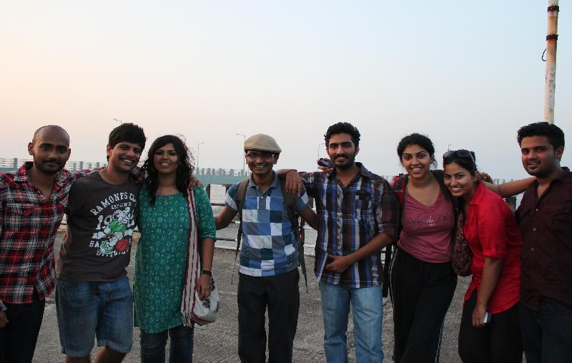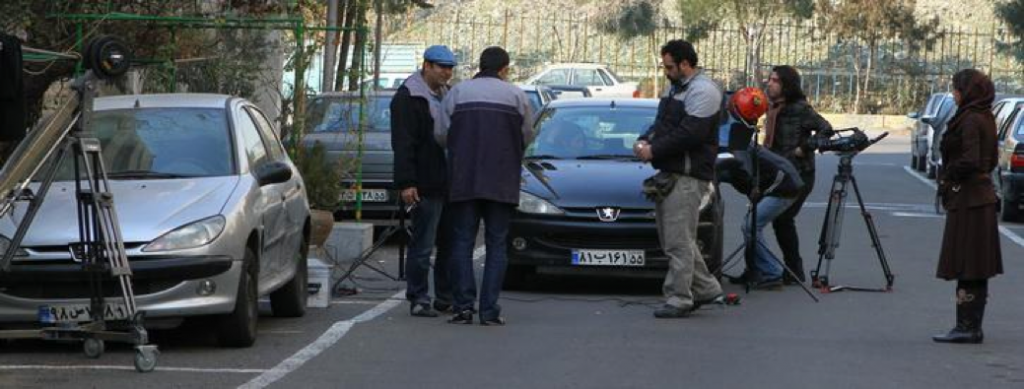Over the next few weeks, we will be sharing some observations and experiences from the "Director's Corner" of our most recent film, Train Station. Check out the stories, ideas, and experiences that make up one of the world's most unique film experiences!__________________________________________________________________
How did local culture and mentality influence our filmmakers?
For a film that was made with the help of tens of filmmakers from all over the world, we would also expect local culture and mentality to play a part in some of our film's segments.
To some however it was not something that left an imprint on their directing vision. “I don't believe Greek culture or mentality influenced or is visible in my segment.” Athanasia Michopoulou says.
Aditya Pawar shares the same sentiment: ”There is no local or cultural influence in my segment as you can see most of the aesthetics were from Asian cinema.”
Yango González, from Columbia, feels his segment is more the result of “children imagination than a cultural interpretation. The kids could be from anywhere else.” as parents from all over the world can attest.
To those that did feel influenced by local culture, let's look into how the influence worked....
Daniel Montoya: “It had a huge influence! We decided to write the script using a lot common phrases from the South.“
George Korgianitis: “Actually, the local culture and mentality, made this shooting/project possible! The willingness, passion, creativity, hard work and good hearts of all local collaborators who helped make it happen, regardless of the effort or economic rewards. I'm really grateful to them all!”
Some of our filmmakers shared some of their culture's best and worst aspects.
“Local culture and mentality reflected on my segment in many ways. From the dialogues to the costume design for the actresses. While "helping other people" (especially women) is a valued morality in Iran, there are some negative behaviours that we do, mostly unwillingly. So, a part of our culture (both good and bad) can be seen in my segment.” Hesam Dehghani says.
Nicola Barnaba talks about one of man's most harmful emotions: “My segment is about jealousy, and in Italy we know a lot about that. So I thought of the worst reaction a man could have is discovering his wife cheating on him.” Spoiler alert: Things don't end very nicely.
Surya Balakrishnan talks about the contrasting aspects of Mumbai, India, and the influence in had on her segment: “The city has a strange chaos, ones loves it as much as they hate it. I think what reflects in my segment is that their relationship is a love-hate kind. One wants to leave, but they can't. One enjoys being together, yet they don't want to. And they want more from it at all times.”
Todd Felderstein: “Los Angeles is a multi-cultural town. My segment features actors from a variety of cultures, ages and backgrounds, all featured in order to tell the story.
Xavier Agudo: “We shot on location at the Street Fair celebration of the unification of Germany in front of the emblematic Brandenburg Gate. So can´t think of any more influential from the local German culture to find in my segment. However I am not German, so I have an outsider´s vision of what the local culture and mentality is. And trying to bring my own mentality and culture into the German one brings an interesting mix of visions in how the segment was produced.”
In conclusion how much culture you put in when you're cooking your film is a matter of taste, and you can make a very delicious film with or without it. Hmm, I'm suddenly feeling very peckish.
Compiled by Train Station director, Adrian Tudor.
Train Station premiered in November 2015 and is currently making the rounds on the festival circuit. Worldwide release coming 2016. Keep your eyes peeled to CollabFeature.com!



